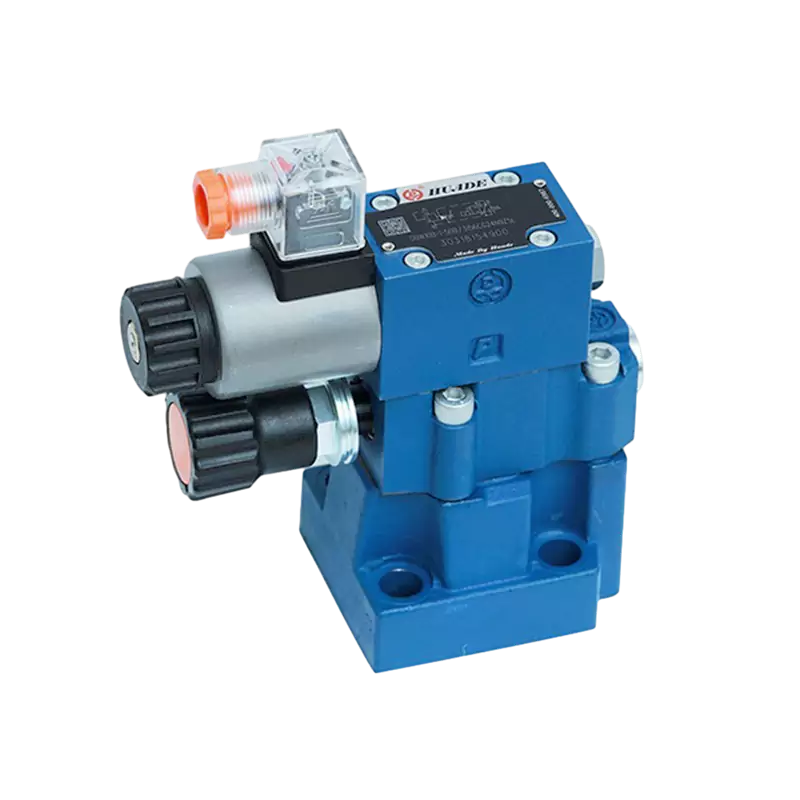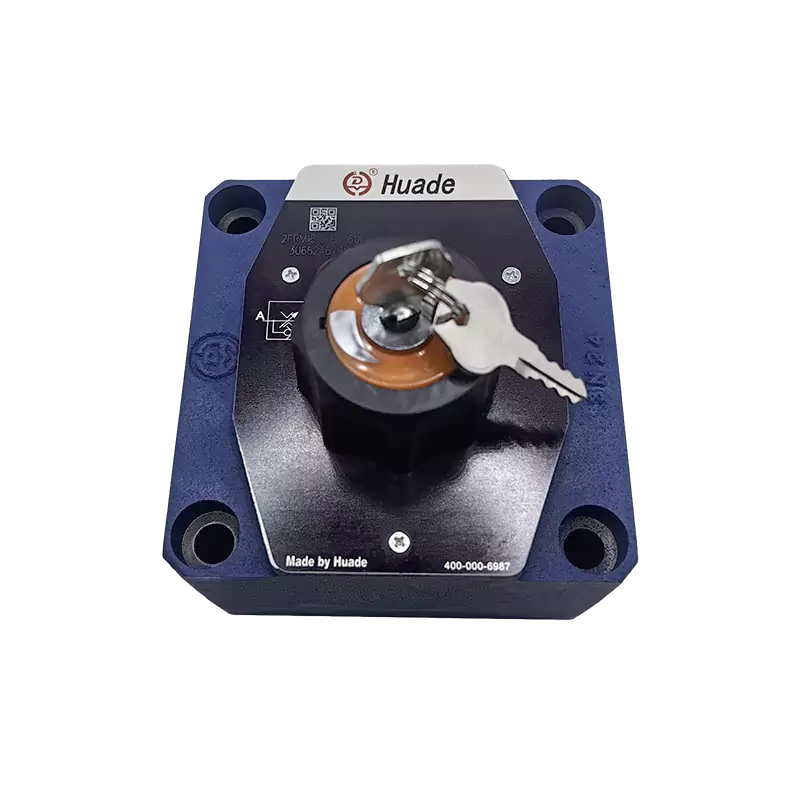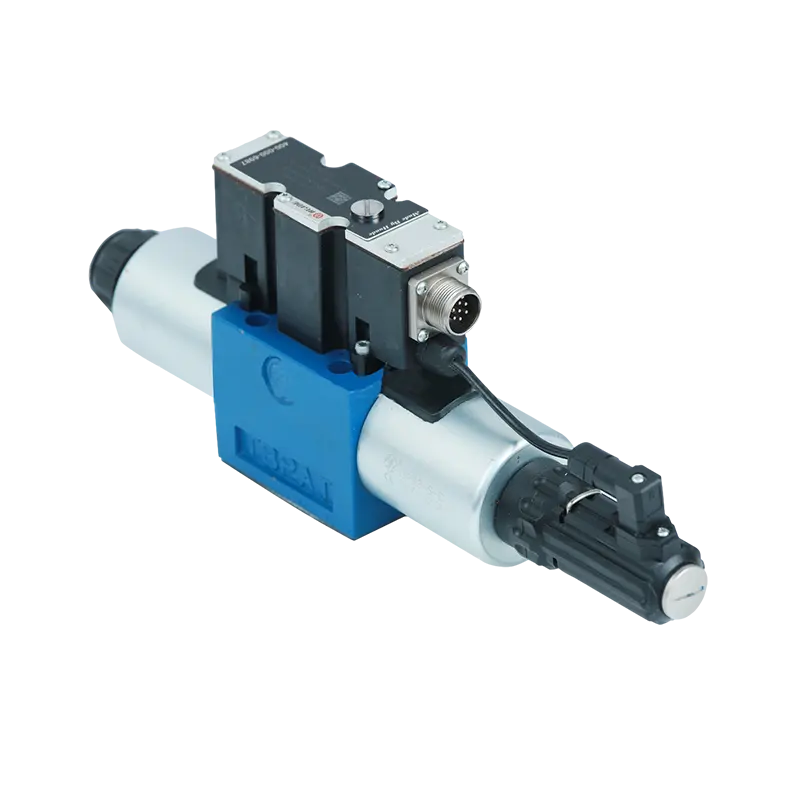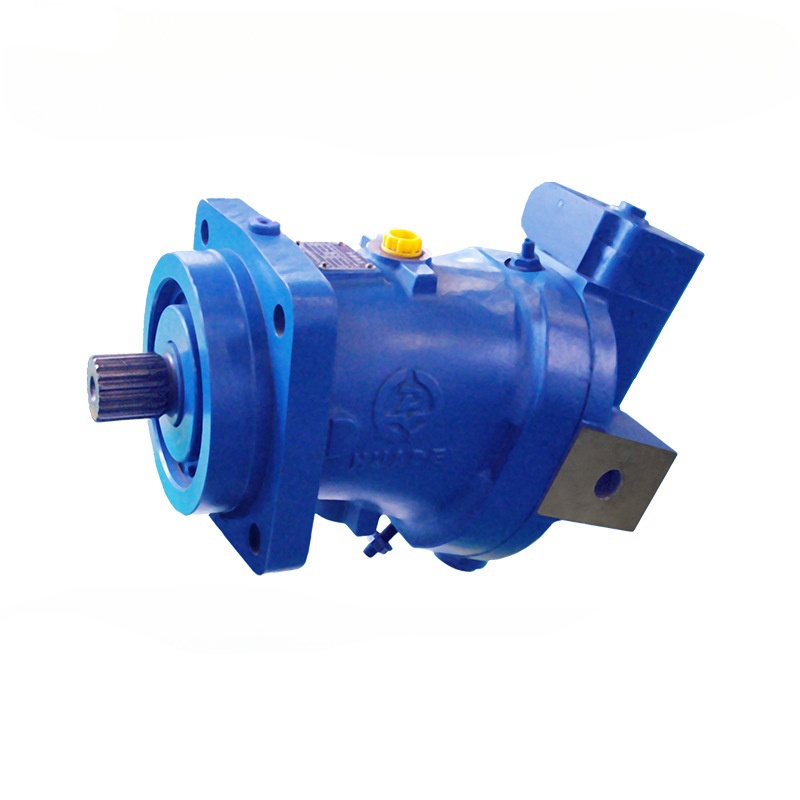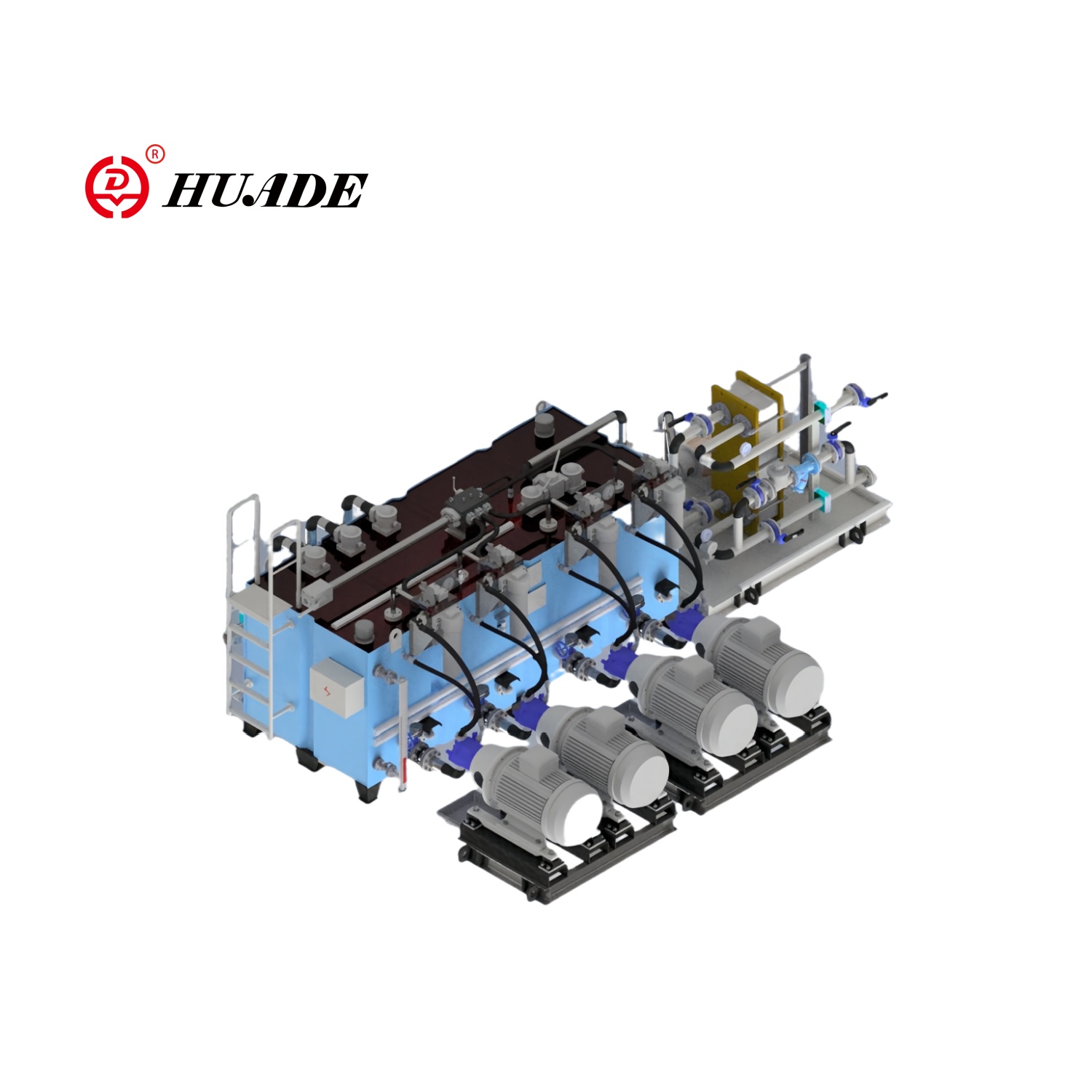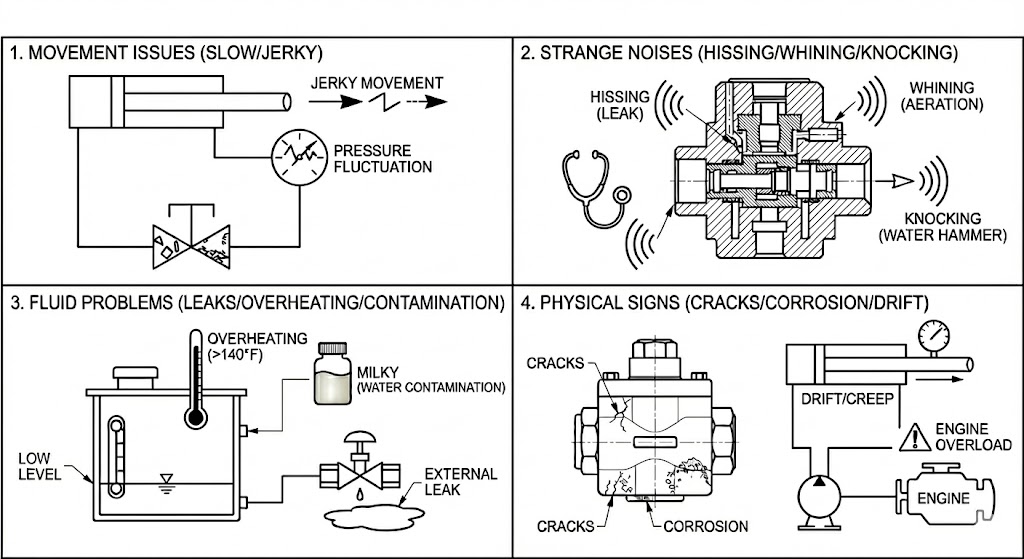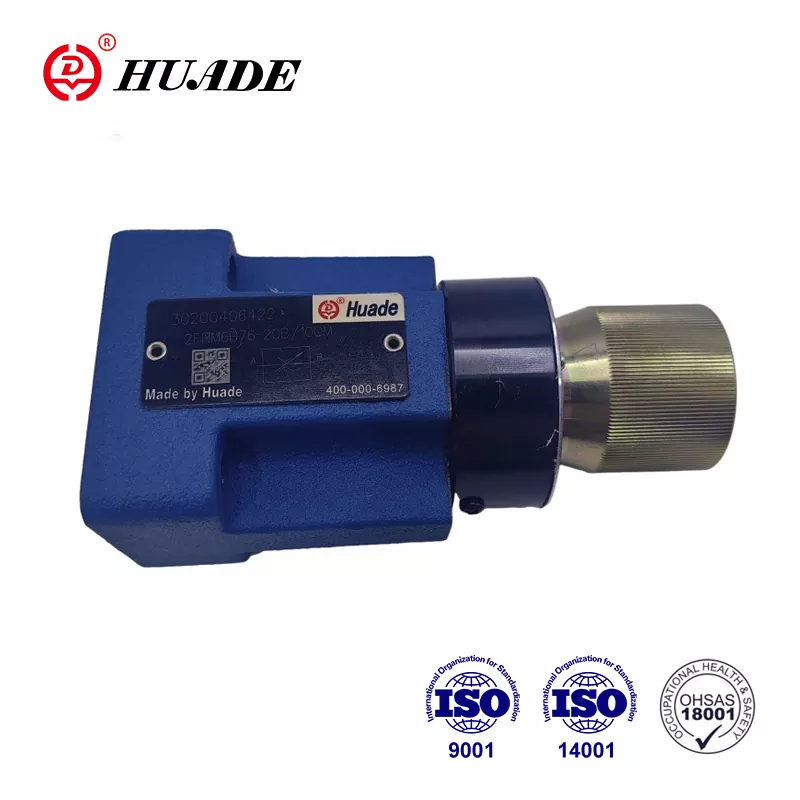Take Care of Your Fluid
- Use the exact fluid your manufacturer recommends
- Test fluid quality regularly
- Change filters based on pressure drop, not just time
- Clean your reservoir once a year
Regular Inspections
- Check for leaks every month
- Look for wear, corrosion, or damage
- Clean valve parts when they get dirty
- Keep detailed records of what you find
Proper Adjustments
- Follow manufacturer settings exactly
- Check relief valve settings regularly
- Make sure everything is calibrated correctly
- Get professional help for complex adjustments
Replace Parts Before They Fail
- Change seals and hoses based on usage hours
- Fix small problems before they become big ones
- Keep spare parts on hand for critical valves
- Plan maintenance during scheduled downtime
Train Your Team
- Make sure everyone knows how to operate equipment properly
- Teach people to recognize warning signs
- Document problems and solutions
- Share knowledge across your team


